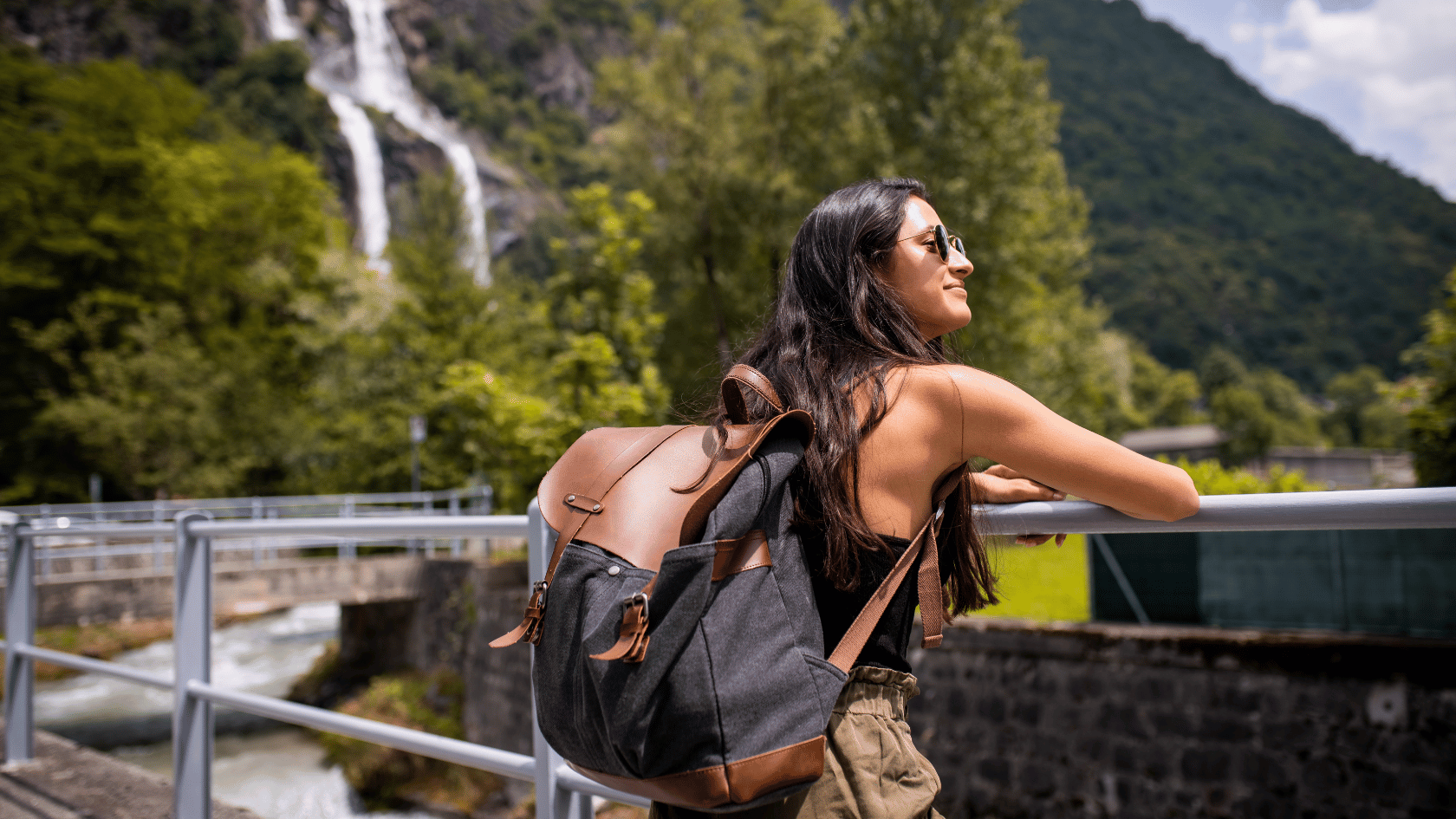Insulated cycling water bottles are designed to keep your drinks at a consistent temperature for longer periods of time. They typically have double walls with a layer of insulation in between to help regulate the internal temperature of the bottle.
So, do insulated cycling water bottles work? The answer is yes, they do! Insulated bottles can help keep your drinks cold on hot days and warm on colder days. This
How long should you keep cycling water bottles
Insulated water bottles are a popular choice for cyclists looking to keep their drinks at the desired temperature for longer periods of time. These bottles are typically designed with a double-wall vacuum insulation that helps to maintain the temperature of the liquid inside, whether it be hot or cold.
So, how long can you keep water in an insulated water bottle? The exact duration will vary depending on factors such as, how cols you want it or how hot you want it for the duration of time.
What should you not put in your water bottle while cycling

While cycling, it is important to stay hydrated and keep a water bottle handy. However, there are certain things you should never put in your water bottle while cycling to avoid potential health risks or damage to the bottle.
Here are some substances that should not go into your cycling water bottle:
1. Sugary drinks: Avoid putting sugary drinks such as soda or fruit juice in your water bottle while cycling , as these can promote tooth decay and may not provide the proper hydration needed for physical activity.
2. Alcohol: Consuming alcohol while cycling can impair your judgment and coordination, increasing the risk of accidents or injury. It is best to avoid putting any alcoholic beverages in your water bottle.
3. Dairy products: Milk, yogurt, or other dairy products can spoil quickly when exposed to heat, so it is best to avoid putting them in your water bottle while cycling.
4. Carbonated drinks: Carbonated drinks can cause the bottle to leak or explode when shaken, which can be dangerous while cycling. It is best to stick to plain water or sports drinks in a cycling water bottle.
What’s the Best Way to Store Many Bottles on a Bicycle

Storing multiple water bottles on a bicycle can be a challenge, but there are several solutions that can help you keep hydrated during your ride. Here are some of the best ways to store many bottles on a bicycle:
1. Bottle cages: The most common way to store water bottles on a bike is with bottle cages. These cages attach to the frame of the bike and hold the bottles securely in place while riding. You can add multiple bottle cages to accommodate more than one water bottle.
2. Handlebar mounts: Another option is to use handlebar mounts that can hold one or more water bottles within easy reach while riding. This is a convenient option for quick access to hydration during your ride.
3. Frame bags: If you prefer to keep your water bottles out of sight, frame bags with pockets can be a great option for storing multiple bottles on a bicycle. These bags attach to the frame of the bike and can hold several water bottles securely while riding.
4. Backpack or hydration pack: If you need to carry more than just water bottles, a backpack or hydration pack with built-in hydration bladder can be a convenient way to stay hydrated while cycling.
These packs typically have pockets or compartments specifically designed for holding water bottles, making it easy to access your hydration while on the go.
The best way to store many bottles on a bicycle will depend on your personal preferences and the type of riding you do.
Experiment with different storage options to find what works best for you and ensures you stay hydrated during your cycling adventures.
How Many Litres of Water Should I Bring on a 25-mile Bike Ride

When planning for a 25-mile bike ride, it’s important to stay hydrated throughout the journey. The amount of water you should bring with you will depend on various factors such as your body size, sweat rate, weather conditions, and intensity of the ride.
As a general rule of thumb, it is recommended to drink about half a liter (16 ounces) of water per hour of moderate exercise.
When planning for a 25-mile bike ride, it’s essential to consider your hydration needs to ensure a comfortable and safe journey.
Factors such as body size, sweat rate, weather conditions, and the intensity of the ride will all play a role in determining how much water you should bring with you.
As a general guideline, experts recommend consuming around half a liter (16 ounces) of water per hour of moderate exercise. So for a 25-mile bike ride that takes approximately 2-3 hours to complete, you should plan to bring at least 1.5-2 liters (48-64 ounces) of water with you.
It’s also important to listen to your body and drink water whenever you feel thirsty or if you notice signs of dehydration such as dry mouth, dark urine, or dizziness.
Bringing a water bottle or hydration pack with you on your ride and taking regular sips of water throughout can help you stay hydrated and perform at your best during the 25-mile journey.
Remember to also consider factors such as the temperature and humidity on the day of your ride, as these can impact your hydration needs.
In addition to water, you may also want to consider bringing electroly te replacement drinks or snacks to help replenish any lost electrolytes during your ride.
Staying properly hydrated and fueled will not only improve your performance on the bike but also help prevent dehydration and fatigue.
It is important to listen to your body and stay proactive about your hydration needs when planning for a 25-mile bike ride. Bringing an adequate amount of water and electrolyte replacement options will ensure
What is the Proper Way to Hydrate During 100-mile Bike Ride
Staying properly hydrated during a 100-mile bike ride is crucial in order to maintain stamina and prevent dehydration. One of the most important tools for staying hydrated on a long ride is a cycling water bottle.
These bottles are designed specifically for cyclists, with features such as easy-to-squeeze materials, leak-proof lids, and the ability to fit in most standard bottle cages on a bike.
Should You Replace Your Plastic Bike Bottles with Insulated Metal?
While your insulated plastic water bottles certainly help keep the drinks chilled, it seems that they may not be keeping them cool enough as the temperatures continue to rise.
In this case, considering replacing your plastic bottles with insulated metal could be a game-changer. Insulated metal bottles are known for their superior ability to keep drinks cold for extended periods of time, even in scorching hot conditions.
Investing in insulated metal water bottles could greatly enhance your hydration experience during your rides.
With metal bottles, you can expect your ice-cold water to stay refreshing throughout the entirety of your ride, even when faced with high temperatures.
Additionally, metal bottles are also more durable and eco-friendly compared to their plastic counterparts.
While there may be some upfront cost involved in switching to metal bottles, the benefits they provide in terms of keeping your drinks exceptionally chilled make them a worthy investment for anyone looking to stay cool and hydrated during hot summer rides.
Which Water Bottle Is Best for You?
Choosing the best water bottle depends on your specific needs and preferences. It is important to prioritize aesthetics, insulation, and a satisfying drinking experience. On the other hand, some individuals may prioritize cost and the convenience of a traditional plastic squeeze bottle. The best water bottle is determined by personal preference and meeting individual criteria.
When selecting a water bottle, it is necessary to also take into account factors like durability, size, material, and design. Different material choices such as stainless steel and lightweight plastic are available to suit various preferences.
When selecting a bottle, whether it be the Trio or another option, choosing based on your own preferences will ensure the right selection for you.
My Recommendation Will be to Consider the Basic Features

Along with my own testing, competitive cyclists, coaches and industry experts, I made these recommendation based on criteria including:
- Size
- Material
- Lid type
- Insulation
- Look
When it comes to cycling water bottles, size is an important factor to consider. The size of the bottle will determine how much water you can carry with you on your ride. Typically, cycling water bottles come in sizes ranging from 16 ounces to 24 ounces. It’s important to choose a size that fits your hydration needs and the length of your rides.
The material of the water bottle is also crucial to consider. Stainless steel bottles are known for their durability and ability to keep drinks cold for longer periods of time, making them a great option for hot summer rides. On the other hand, lightweight plastic bottles may be more convenient and cost-effective.
The type of lid on the water bottle is also important. Look for a leak-proof lid that is easy to open and close while riding. Insulation is another key feature to consider, as it will help keep your drinks at the desired temperature for longer periods of time.
In terms of aesthetics, choose a water bottle that you find visually appealing and matches your personal style. Whether you prefer a sleek stainless steel design or a colorful plastic bottle, there are plenty of options available to suit your taste.
Ultimately, the best water bottle for cycling is one that meets your hydration needs, keeps your drinks cold for extended periods of time, is durable and eco-friendly, has a leak-proof lid, and fits your personal style. Consider investing in insulated metal water bottles for superior performance during your rides. Make sure to prioritize factors like size, material, lid type, insulation, and aesthetics when choosing the best water bottle for you.



